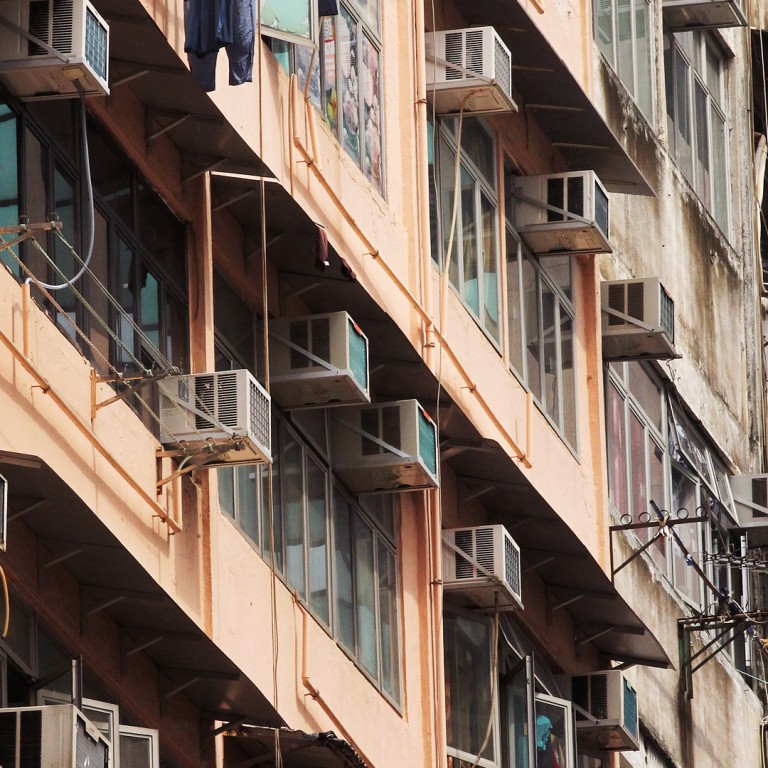
Chance to lead on energy cuts
The government has unveiled a fresh energy-saving blueprint ahead of a UN conference on climate change in November aimed at a new global treaty on emission reductions.
The government has unveiled a fresh energy-saving blueprint ahead of a UN conference on climate change in November aimed at a new global treaty on emission reductions. It goes some way towards greening Hong Kong's image in international environmental protection forums. The target envisages a cut in what is known as energy intensity - the amount needed to produce one unit of gross domestic product - by 40 per cent of the 2005 level by 2025. This is more demanding than a target adopted at an Apec regional forum of 45 per cent by 2035. In terms of the actual amount of energy used, it could cut total electricity consumption by 6 per cent compared with 2012, equal to reducing carbon emissions by about 2,340 kilotonnes.
The initiative is welcome and will boost the government's environmental credentials. Secretary for the Environment Wong Kam-sing described it as ambitious, although critics argue that the old target was not so demanding because it allowed for energy growth amid an expanding economy.
While welcoming the government's new plan green groups have criticised the lack of both innovation and concrete incentives for the private sector. That said, the government has introduced a basket of support measures including extending product coverage under the mandatory energy-efficiency labelling scheme, further reducing energy consumption in government buildings, offering incentives to the private sector to build more green buildings and involving the Green Building Council in retrofitting existing buildings, which account for 60 per cent of greenhouse gas emissions.
Given growing public awareness of the climate-change issue, officials may be counting on a positive response to a new campaign to encourage people to save energy on a daily basis. The initiative is timely, as we enter the season when air-conditioners begin to contribute heavily to energy waste. The government must try to build on last year's achievement of support from 130 shopping malls, 1,000 offices, 142 housing estates and 80 residential blocks for a campaign to keep indoor air-conditioning at optimal levels for both comfort and economy.
Demand for energy rises with economic growth, including housing programmes and infrastructure projects. This only makes conservation more important. It is a chance for Hong Kong to take the lead and confound the sceptics.

